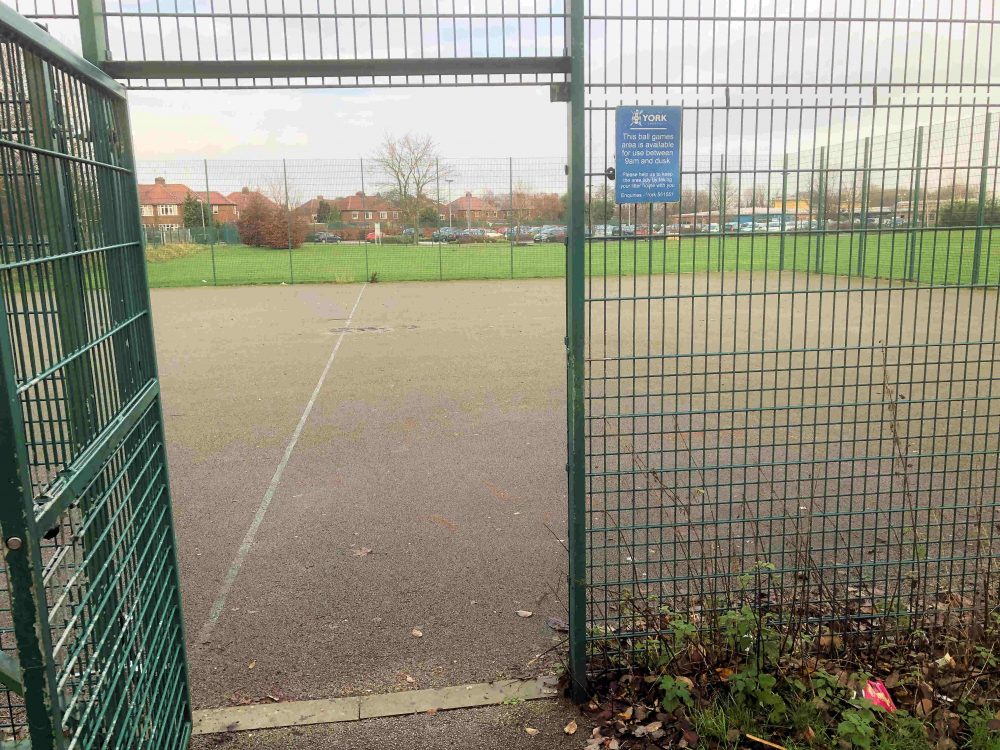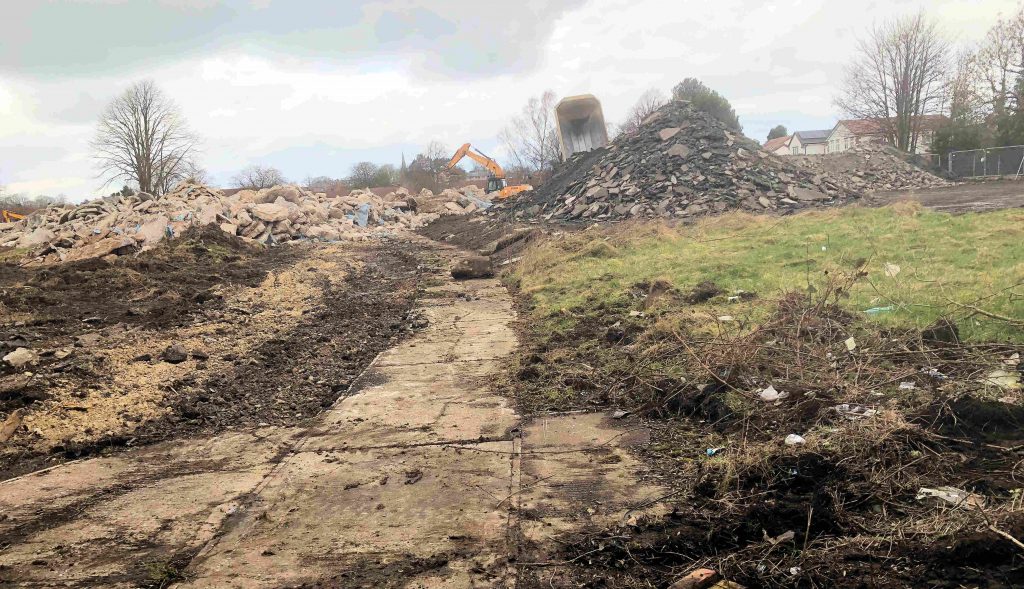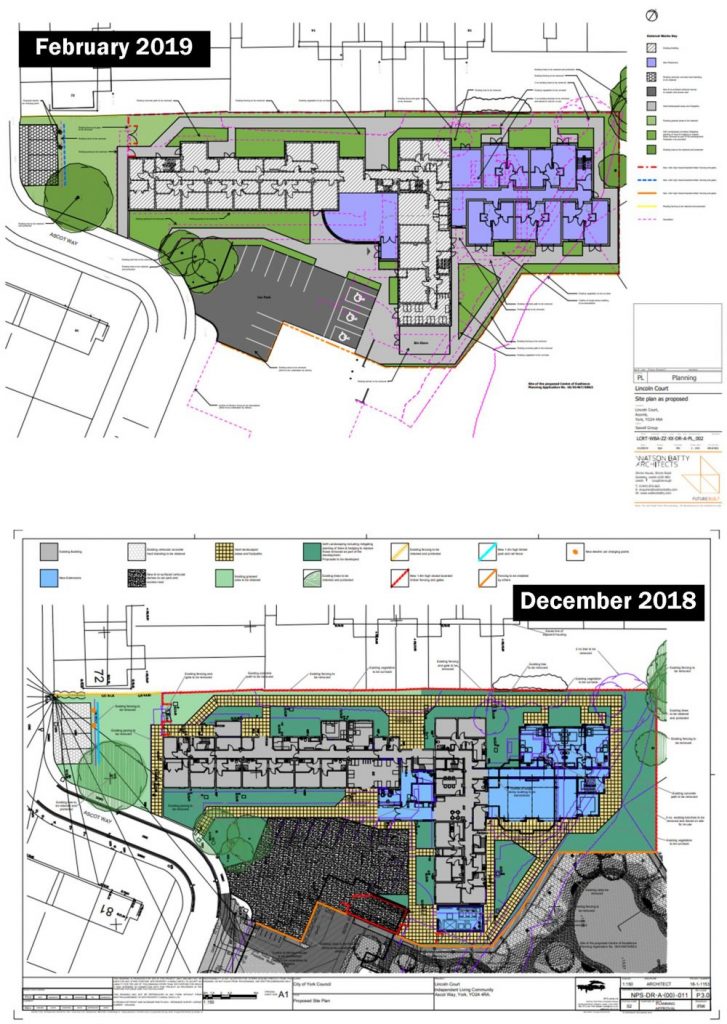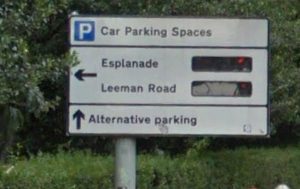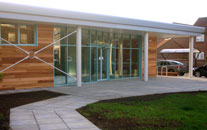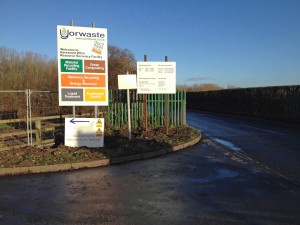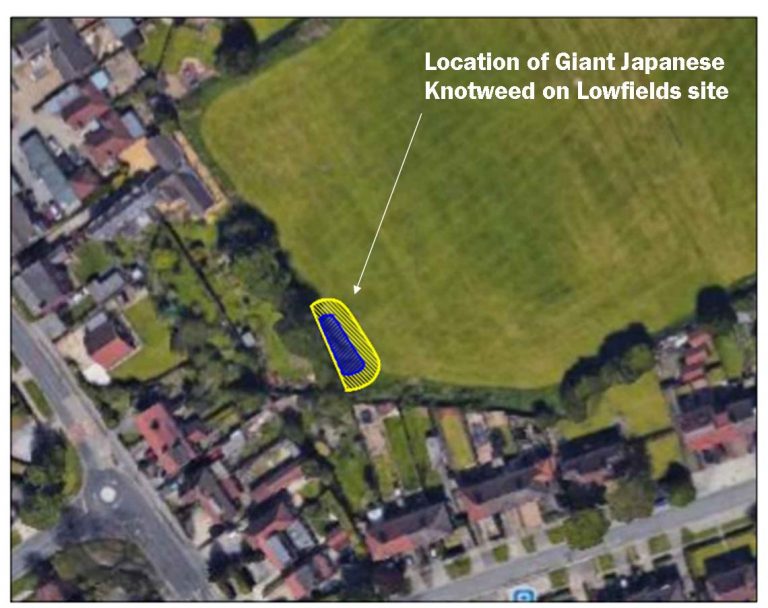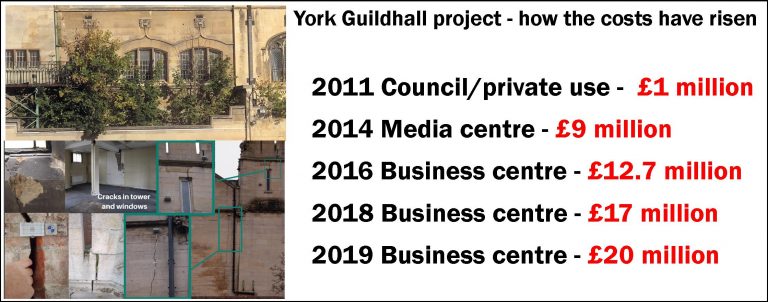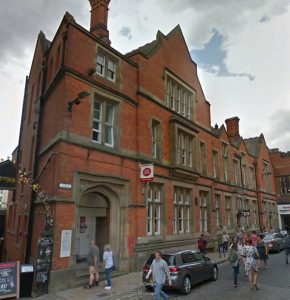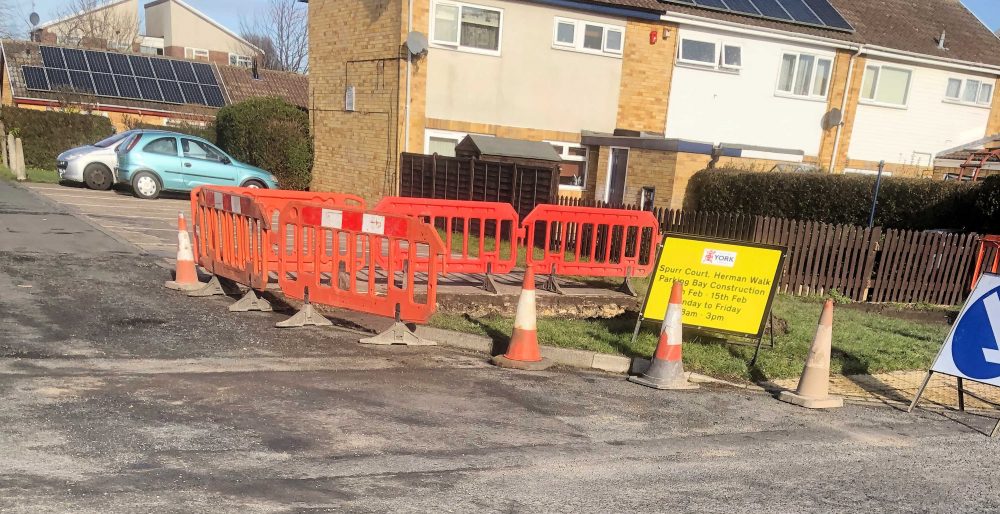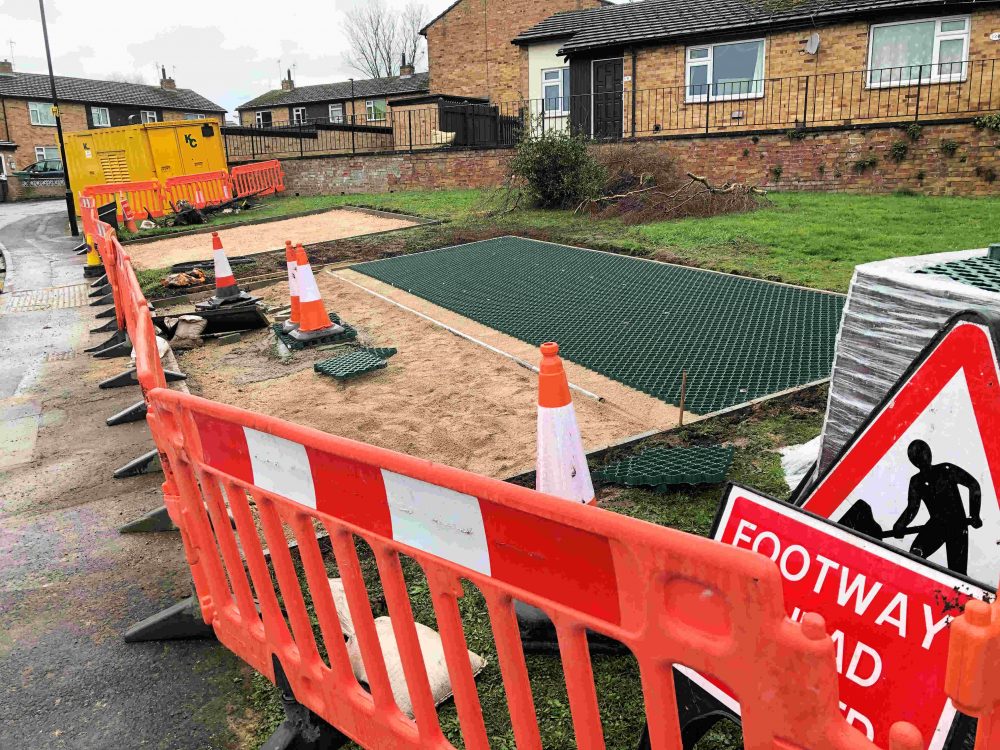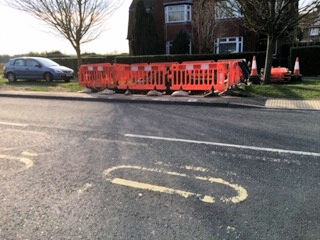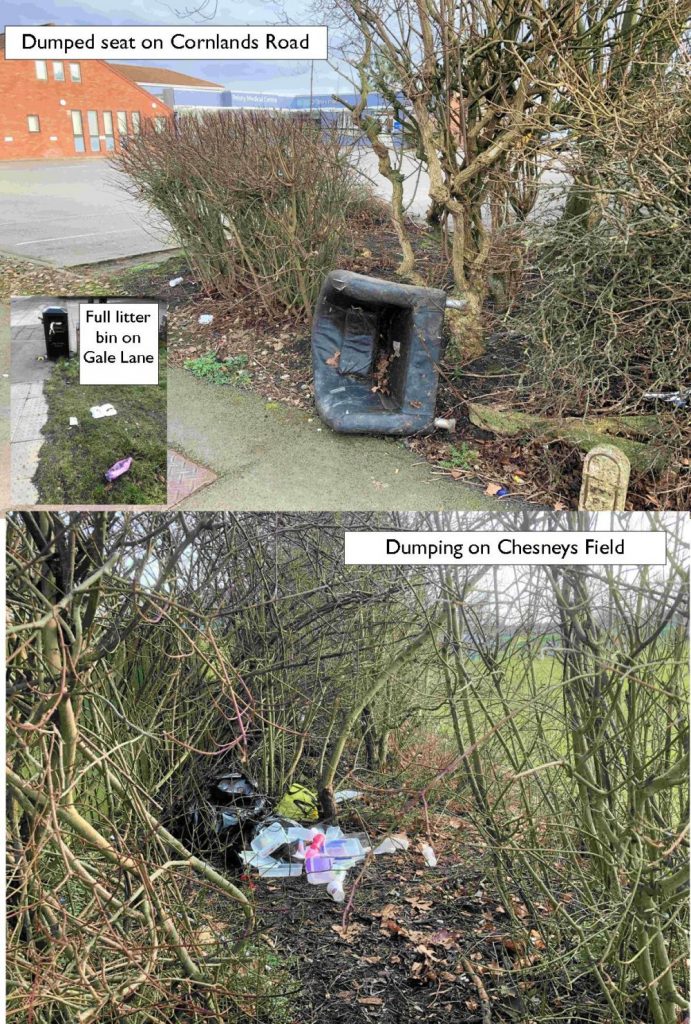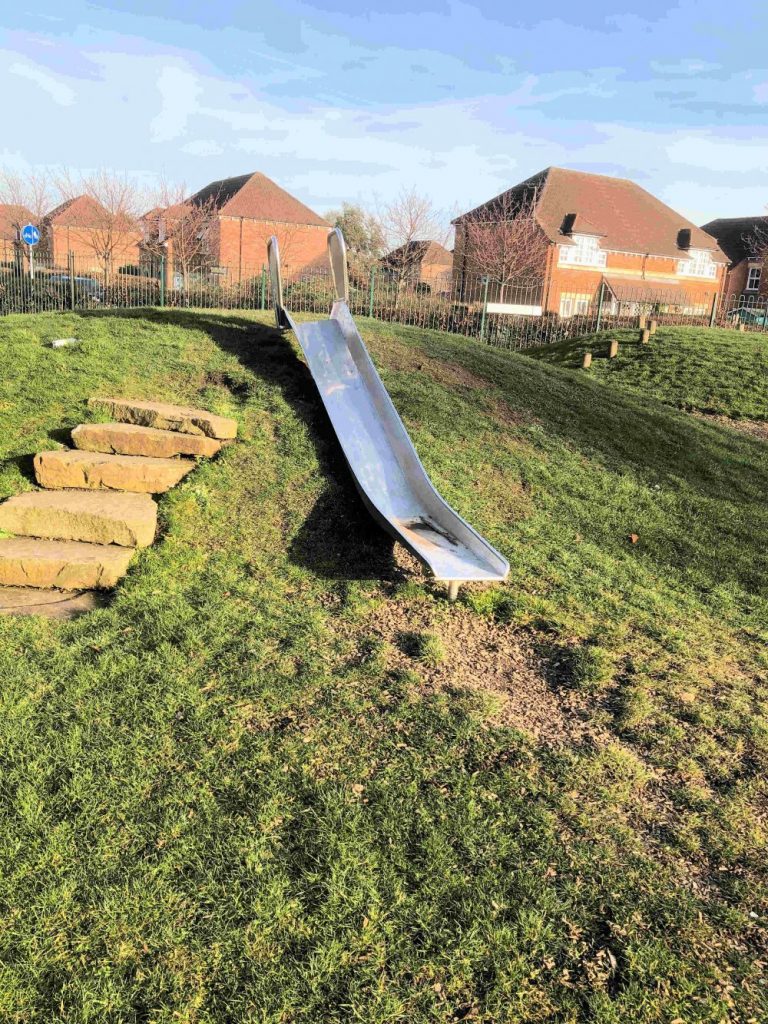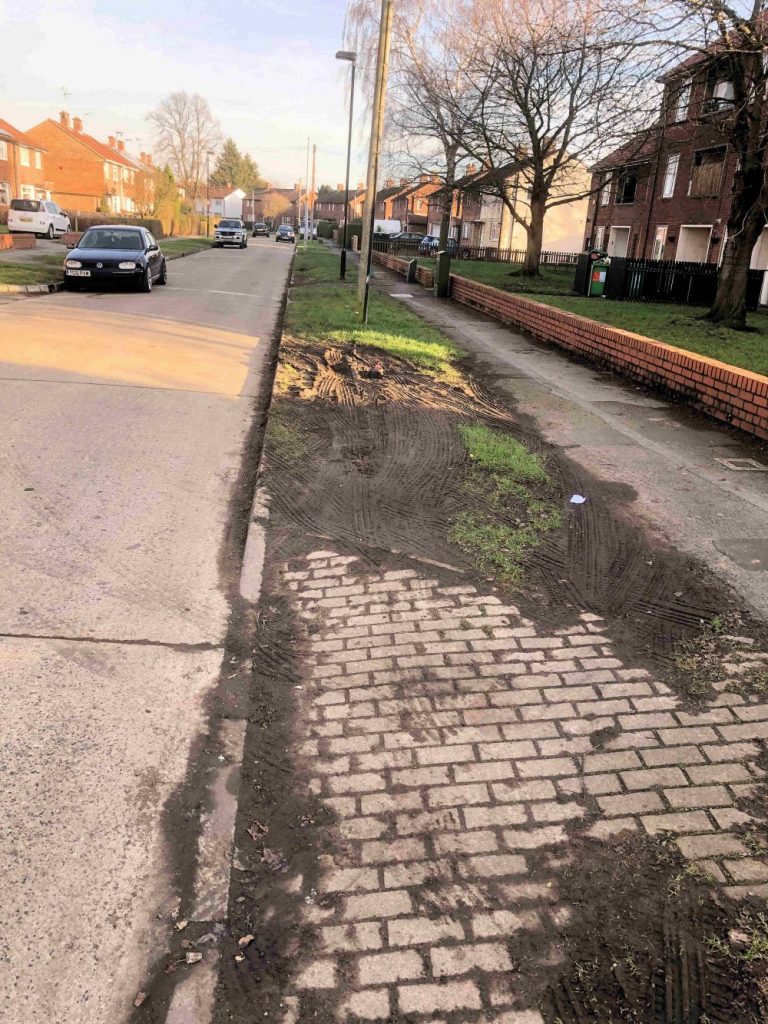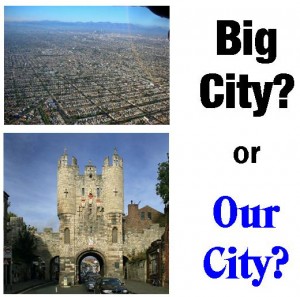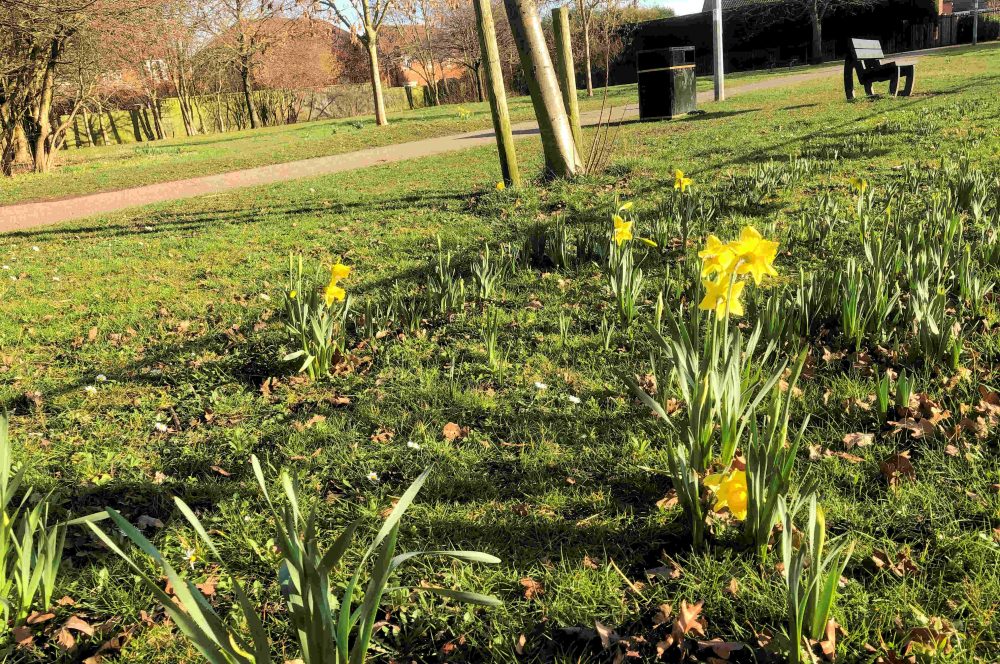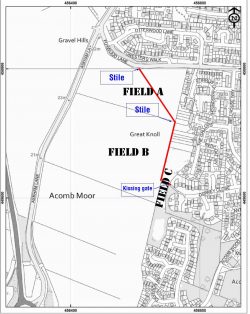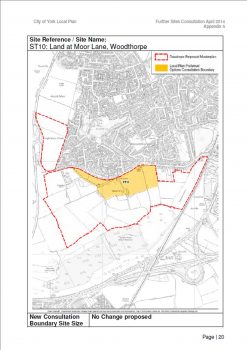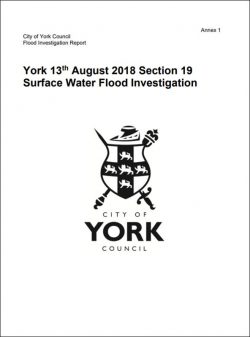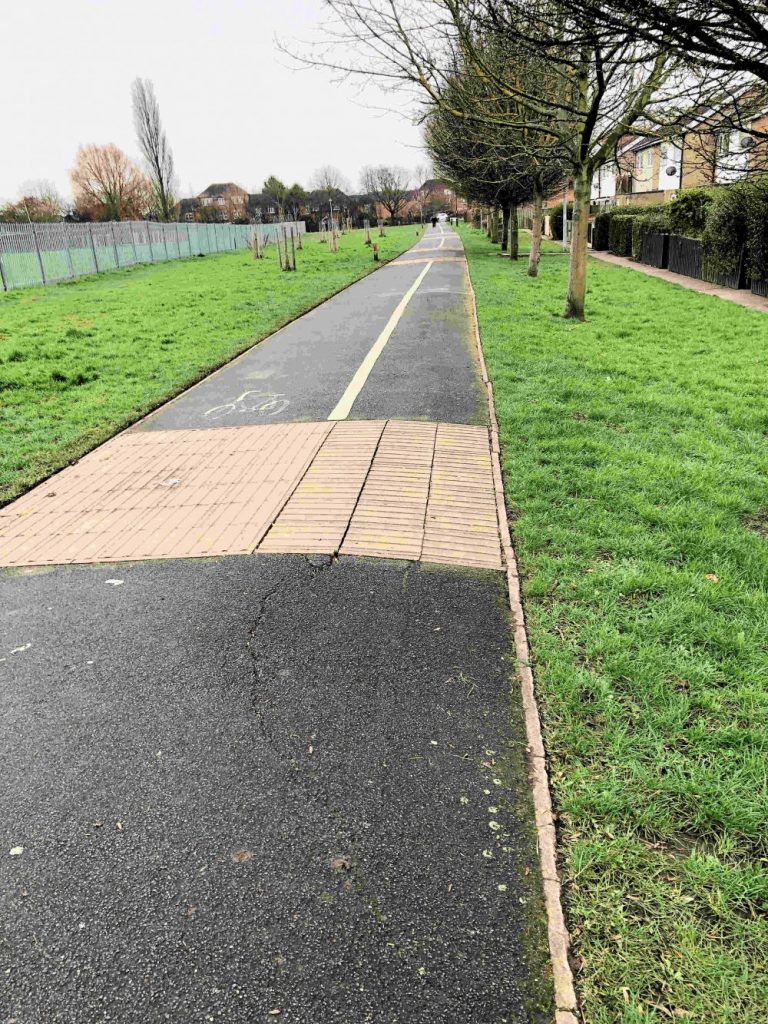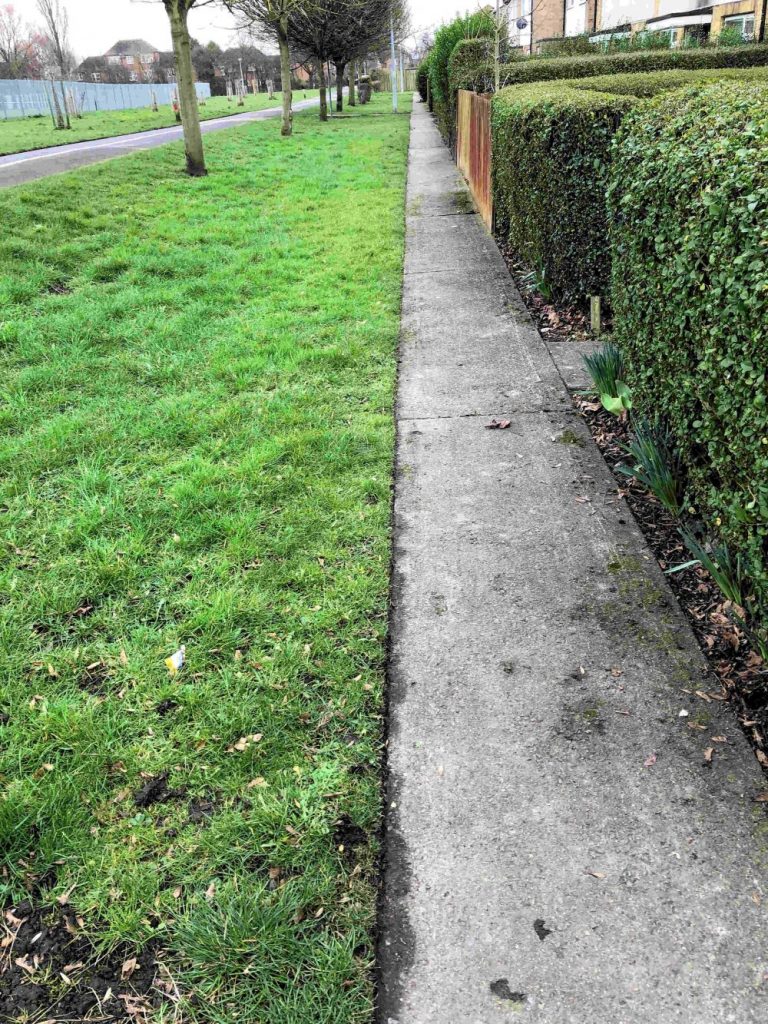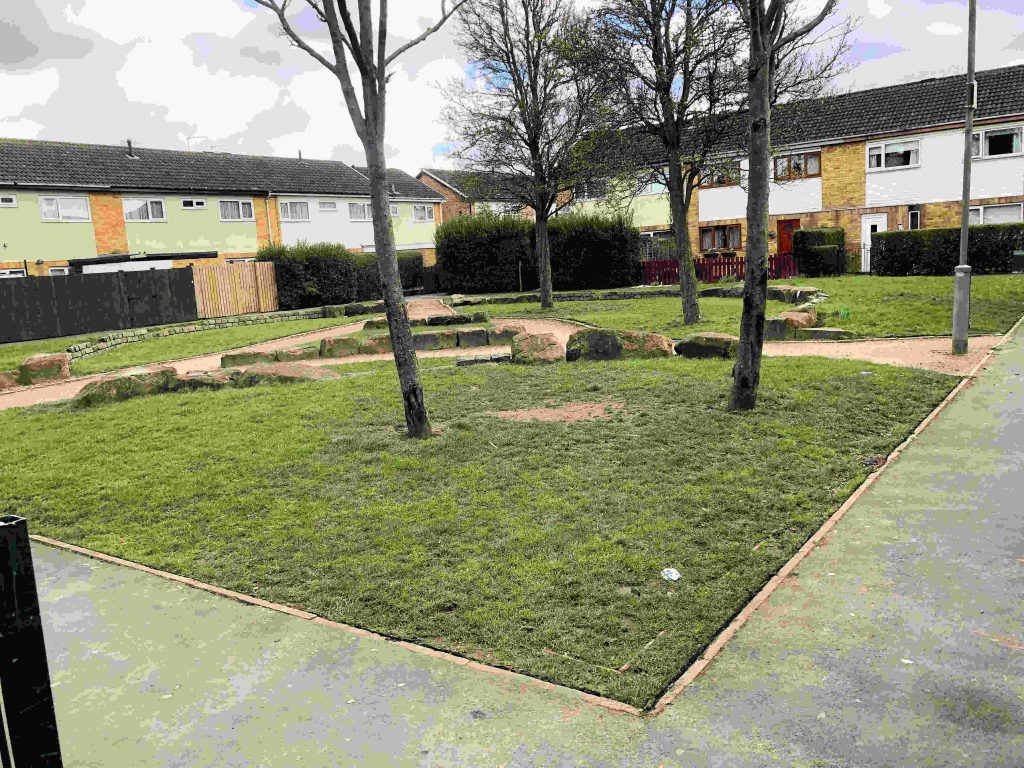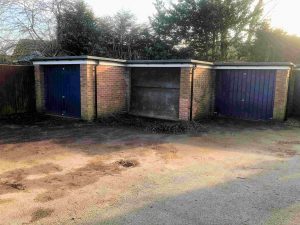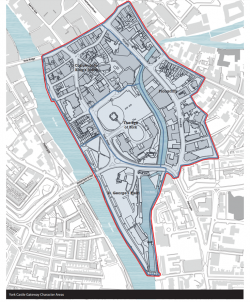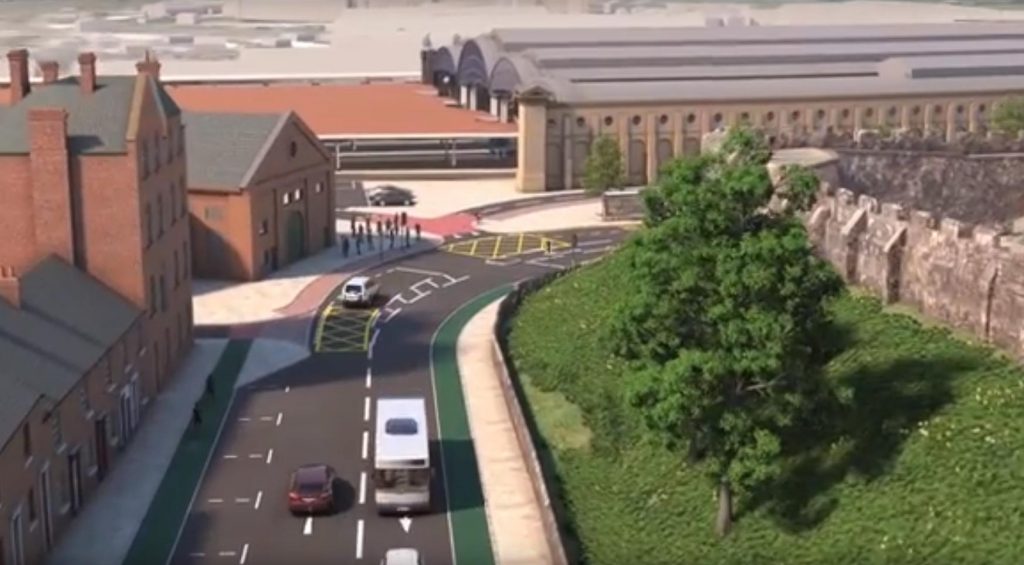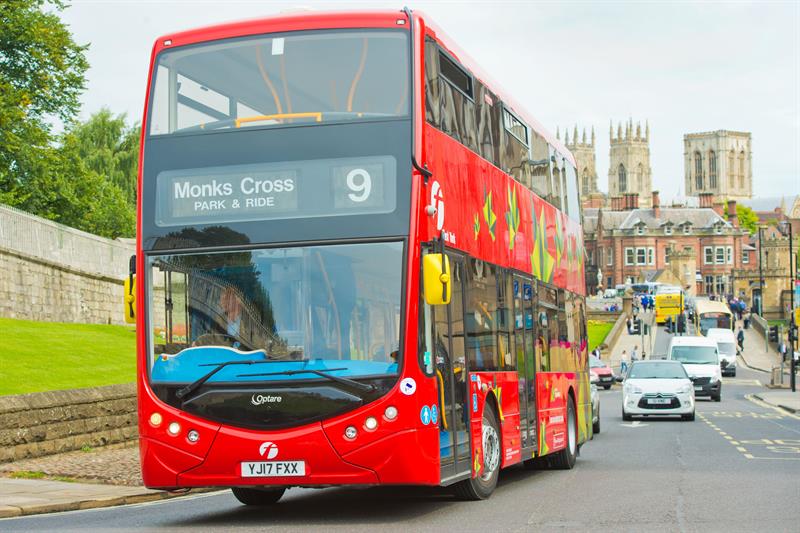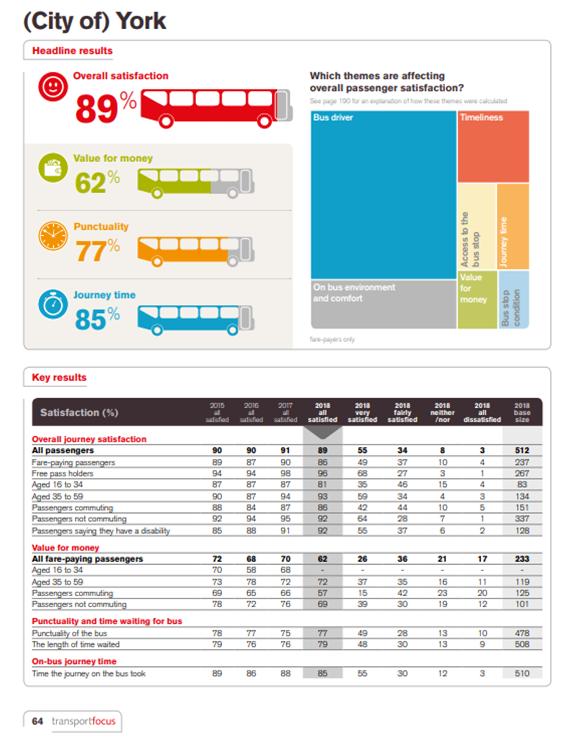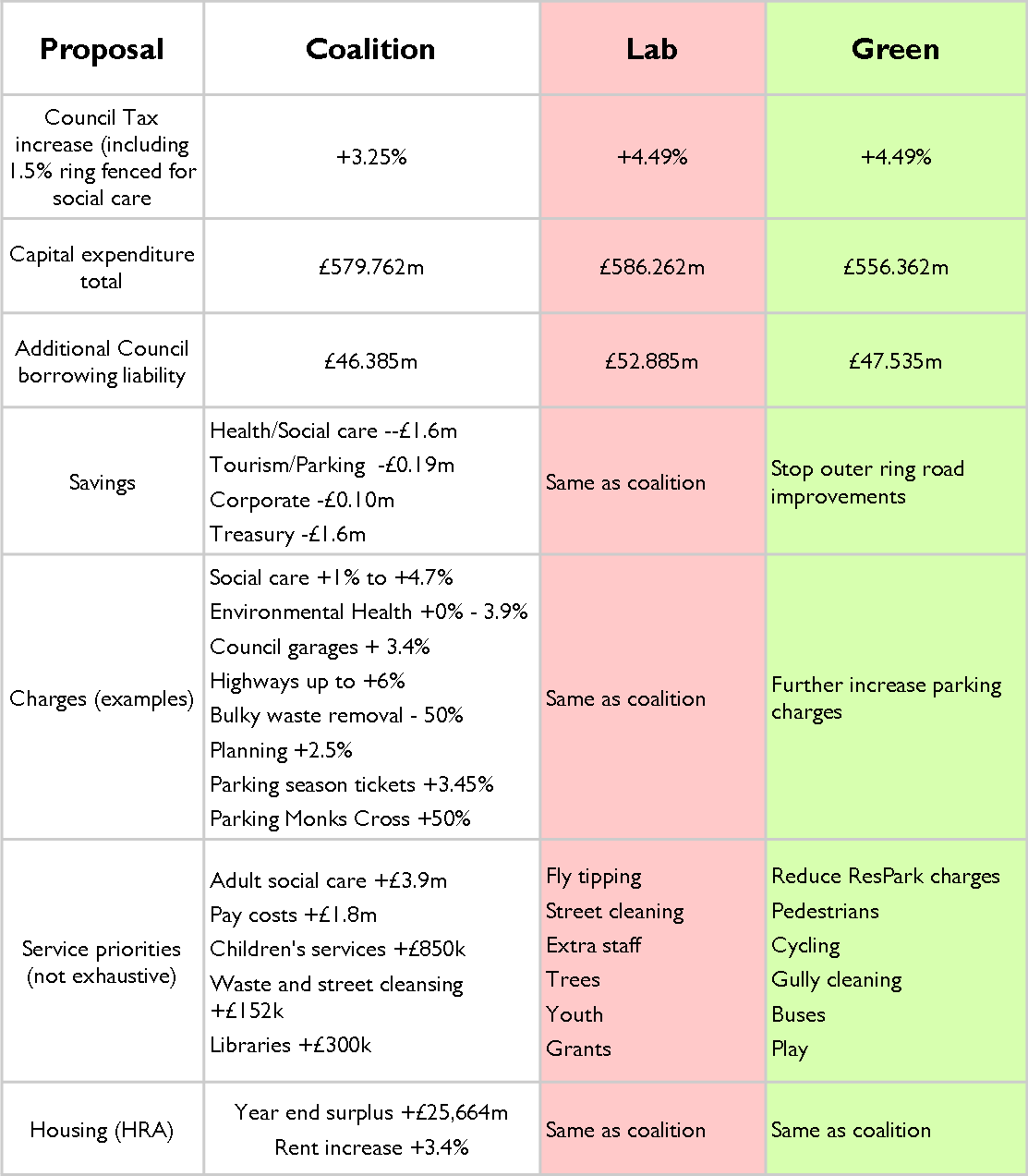It was to be a good Spring mainly due to the efforts of volunteers across the community.

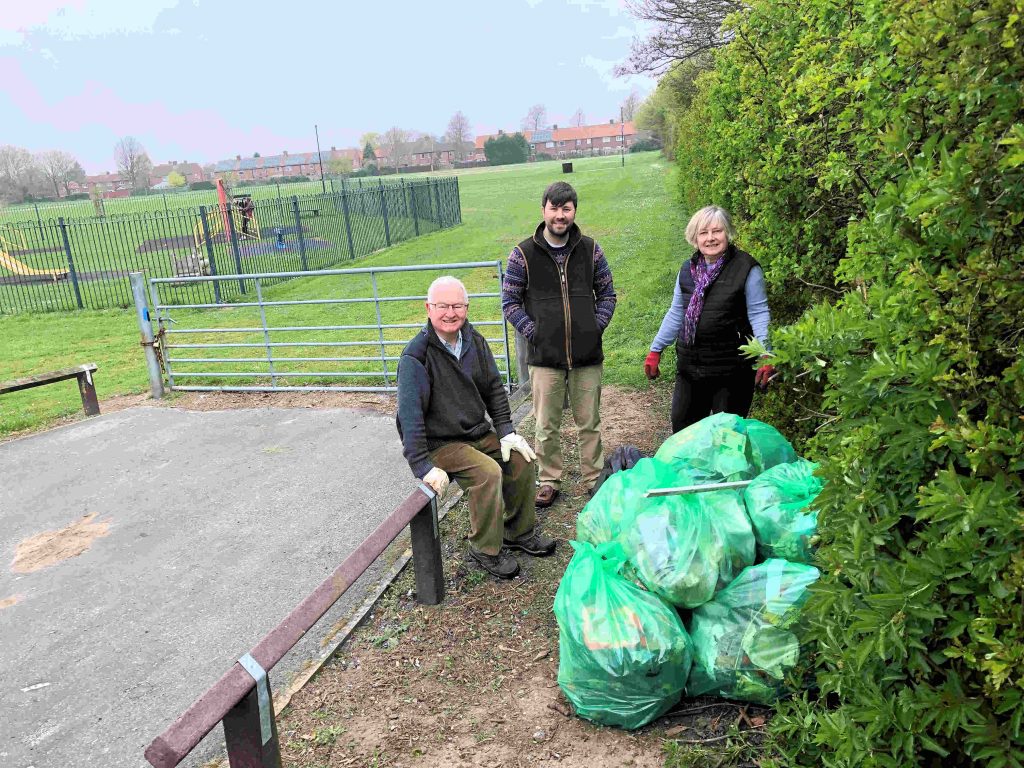
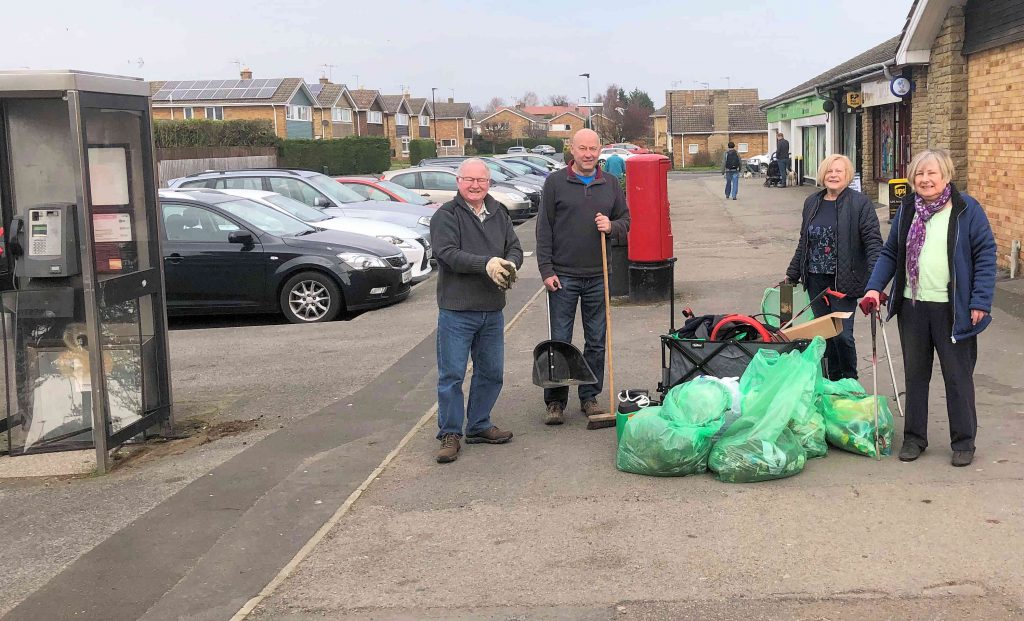
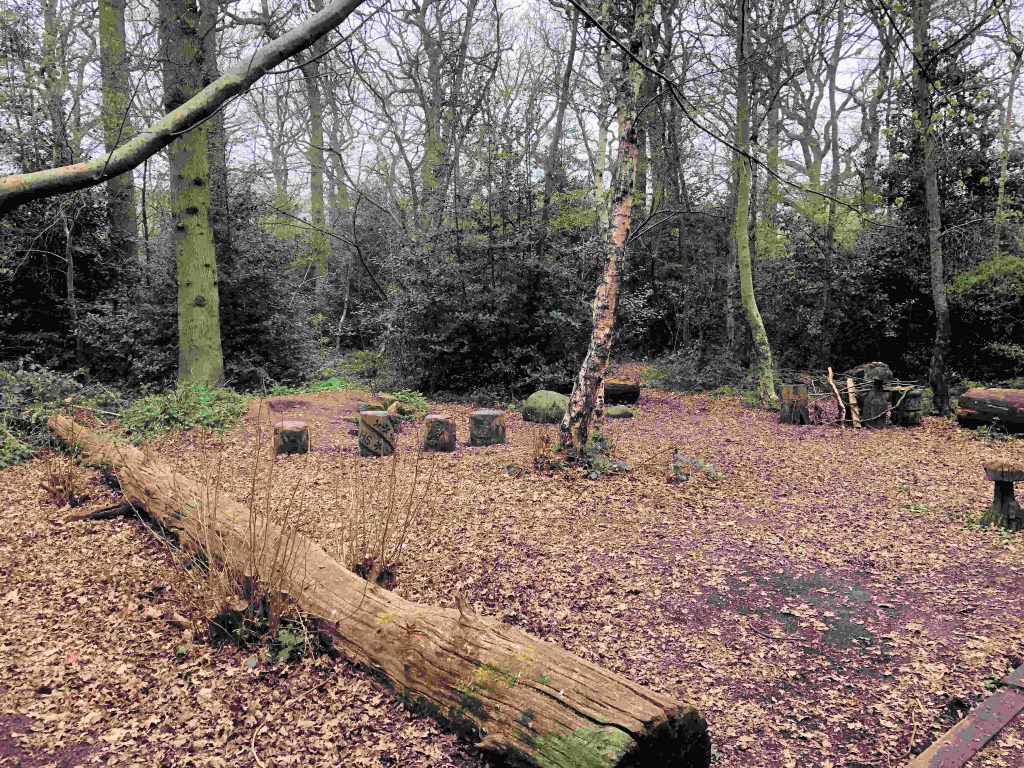
Volunteer efforts also helped to conserve key environmental sites like local woodland.
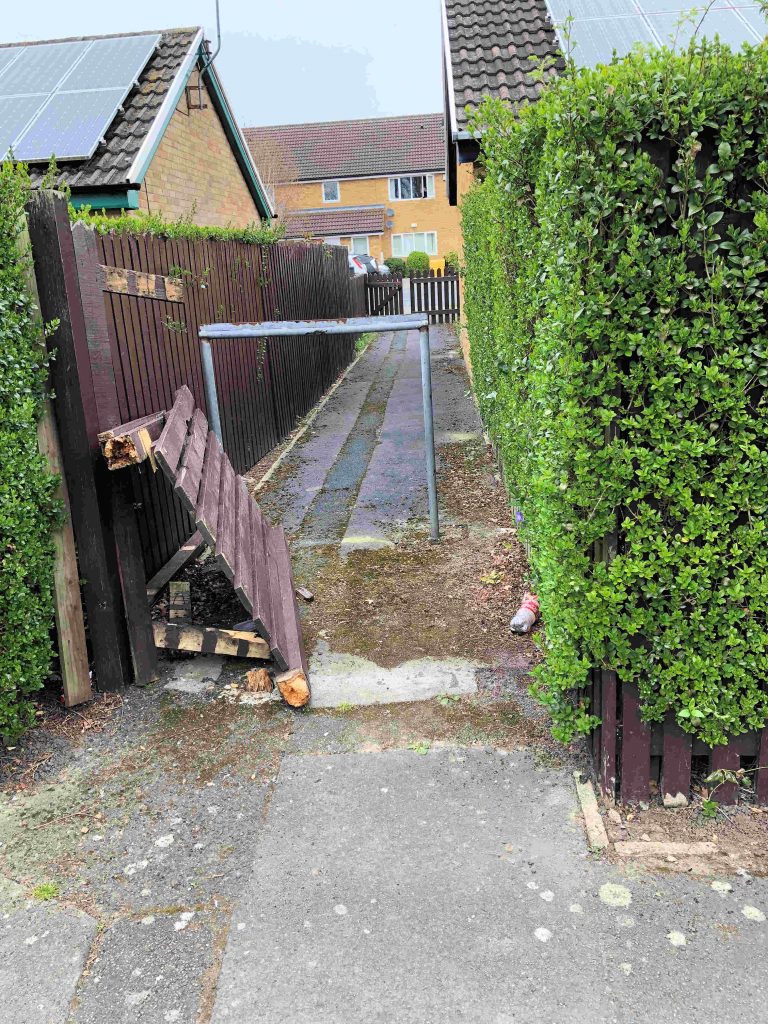
Crime levels rose with anti social behaviour once again the biggest source of complaint in sub urban areas.
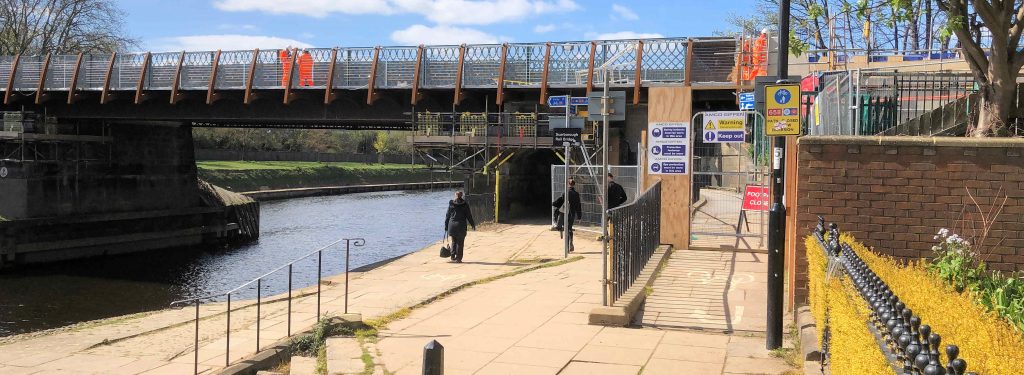
Work progressed on a £4 million cycle/pedestrian footbridge linking the railway station to Bootham. Its opening later in the year was to highlight the fact that the City still had a long way to go before it had a comprehensive, and safe, cycle route network.
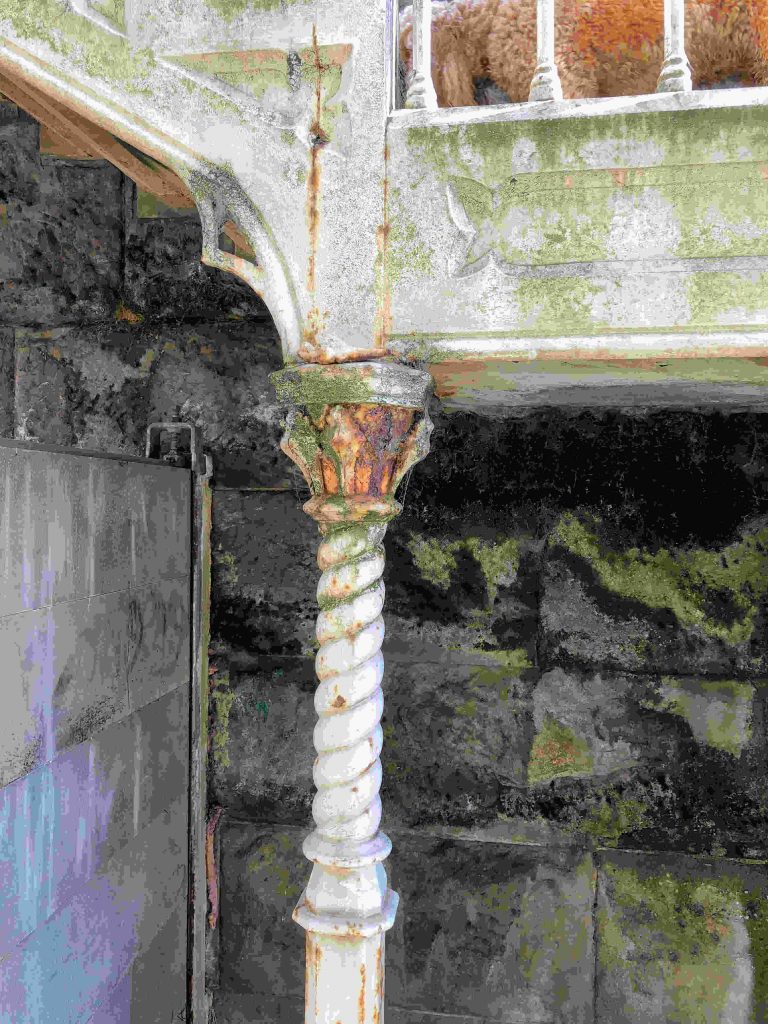
Another bridge over the Ouse attracted comment. Corrosion on Lendal Bridge served to emphasis the on going cost of maintaining the transport infrastructure in the City
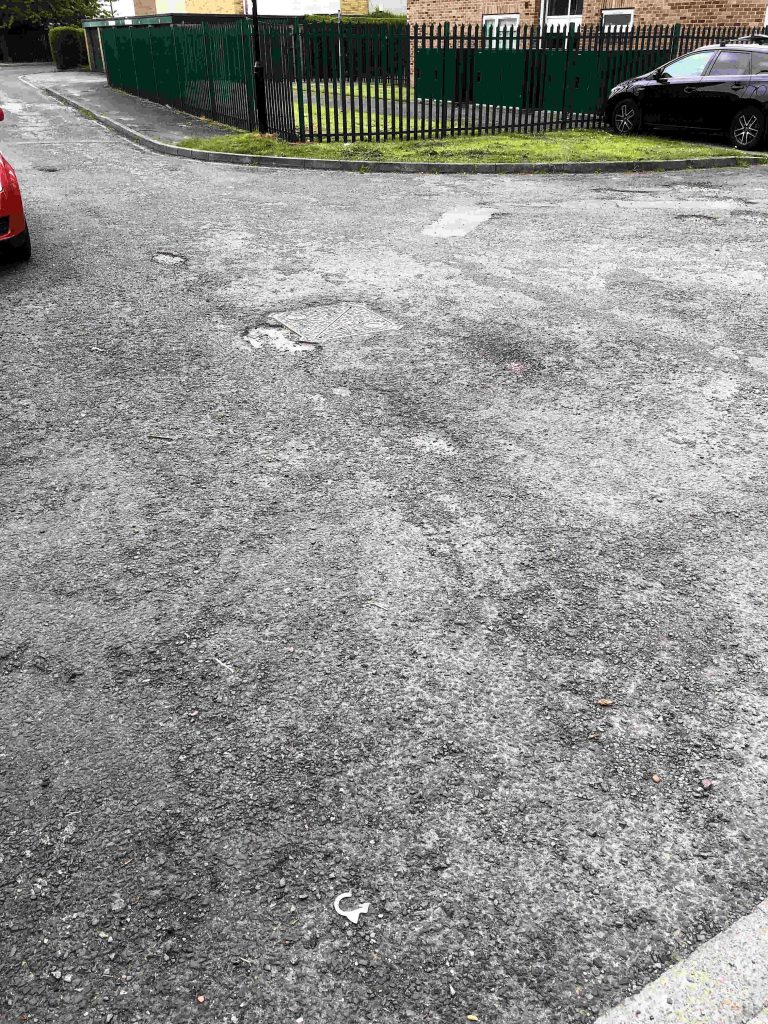
By far the worst aspect of the transport system was the condition of roads and paths. Potholes became more pronounced in many streets. The maintenance budget was to be increased later in the year but by then frost had already taken its toll
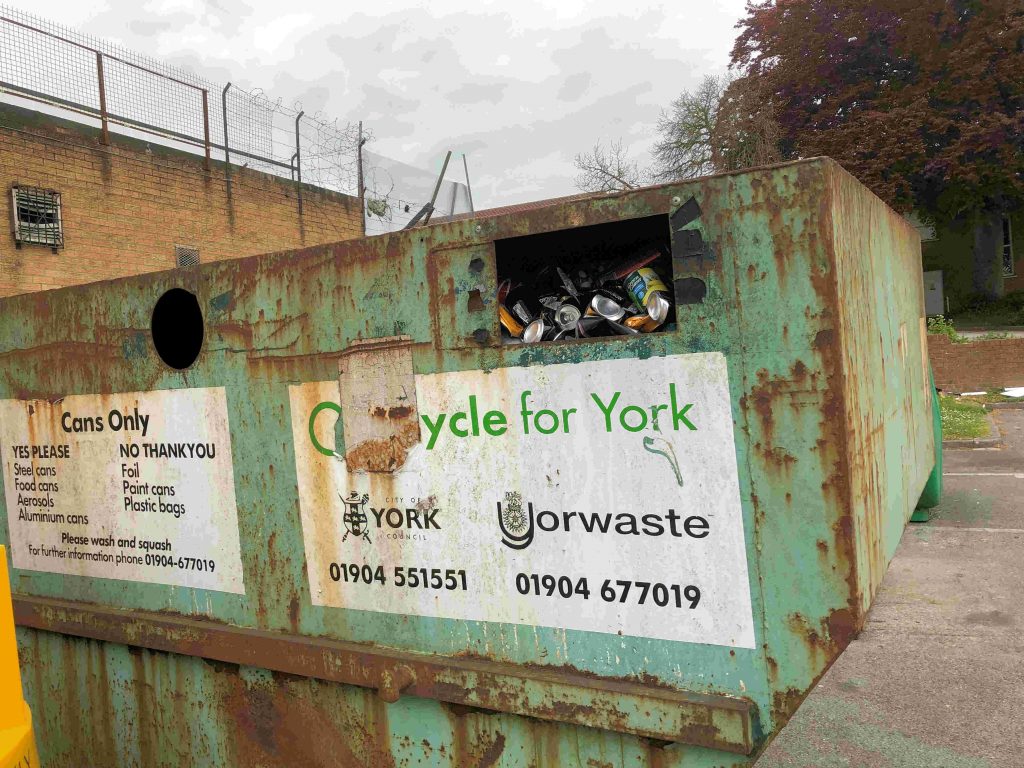
There was little change in the recycling rate in York. There was no lack of enthusiasm from residents who regularly filled recycling banks to the point where some overflowed.
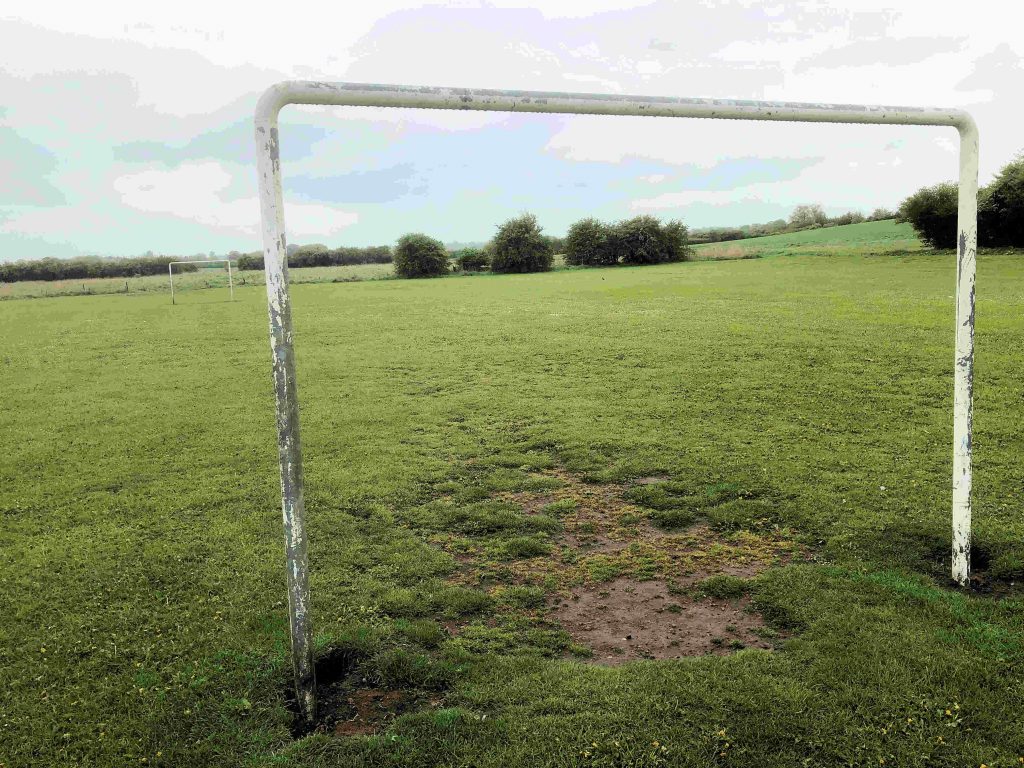
Some simple tasks seemed to confuse the York Council. A request for the goals posts on a local park to be repainted has been outstanding now for 2 years.
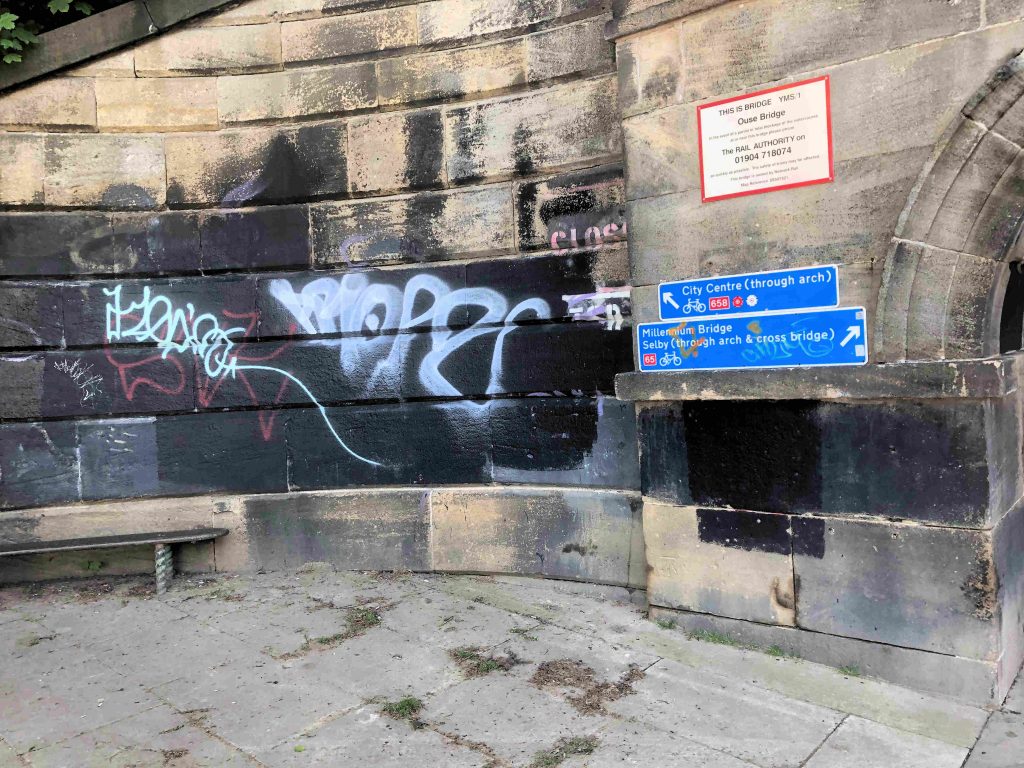
Another area of poor performance earlier in the year was the removal of graffiti. Following sustained criticism from residents, the Council was to completely change its graffiti removal service later in the year. Early results have been encouraging although there have been no recent prosecutions for graffiti (criminal damage).
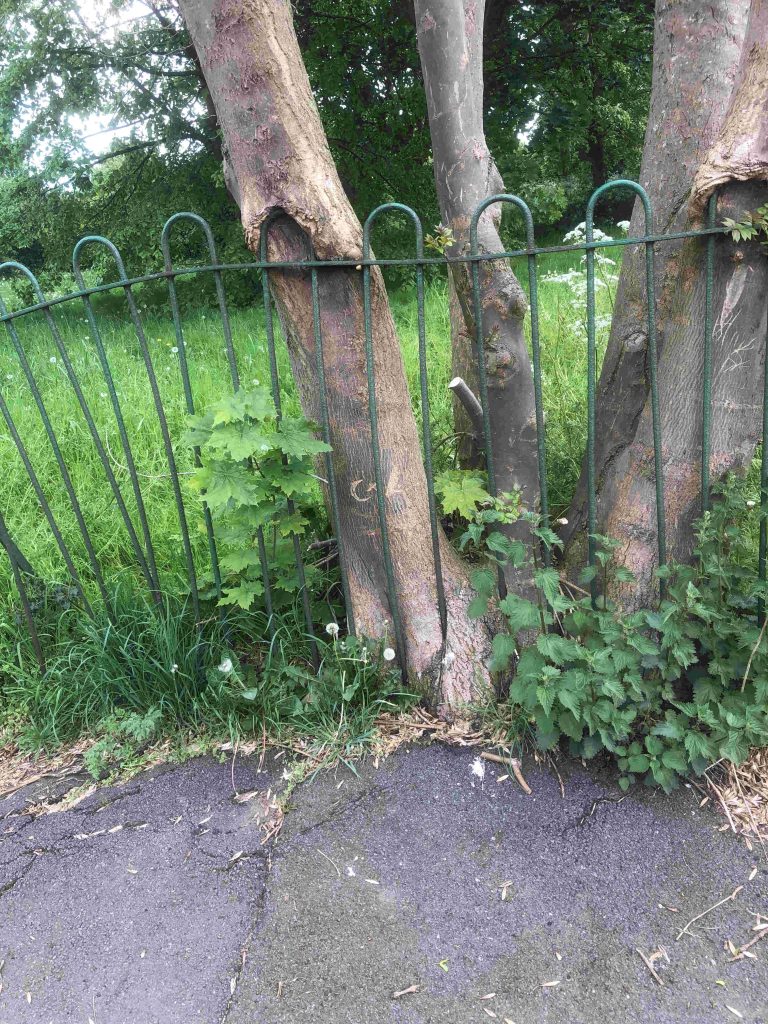
A self seeded tree in Balfour Street had grown to the point where it was engulfing the adjacent railings and damaging the public footpath. This represented a safety hazard. It would be two years after the problem was first reported before the tree was felled. The felling provided space for two replacement trees to be planted.
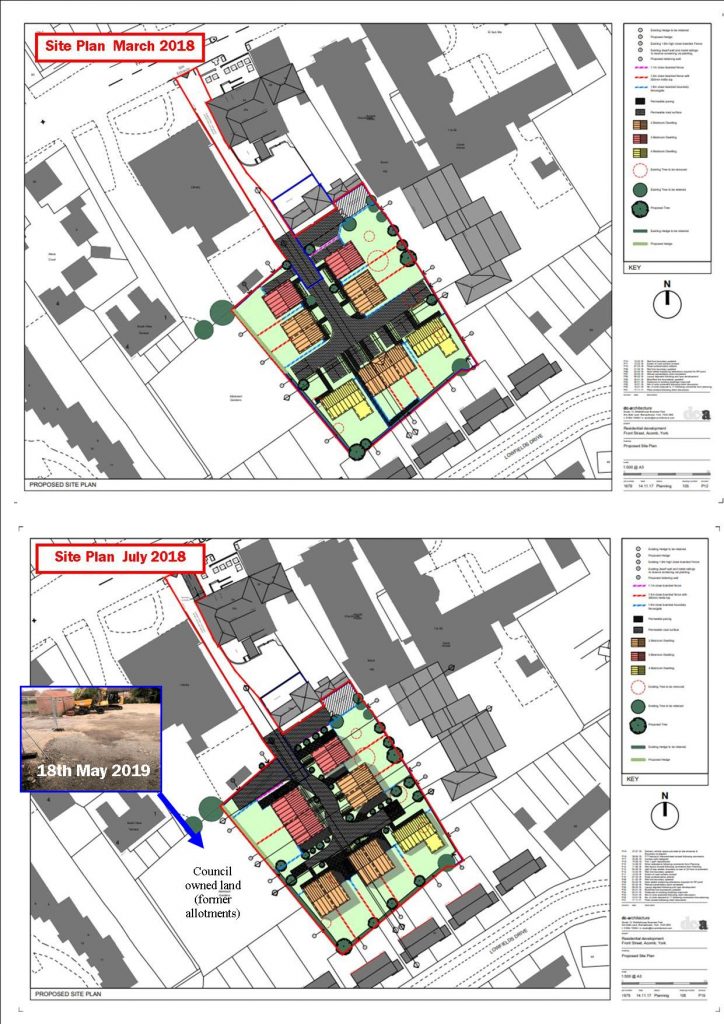

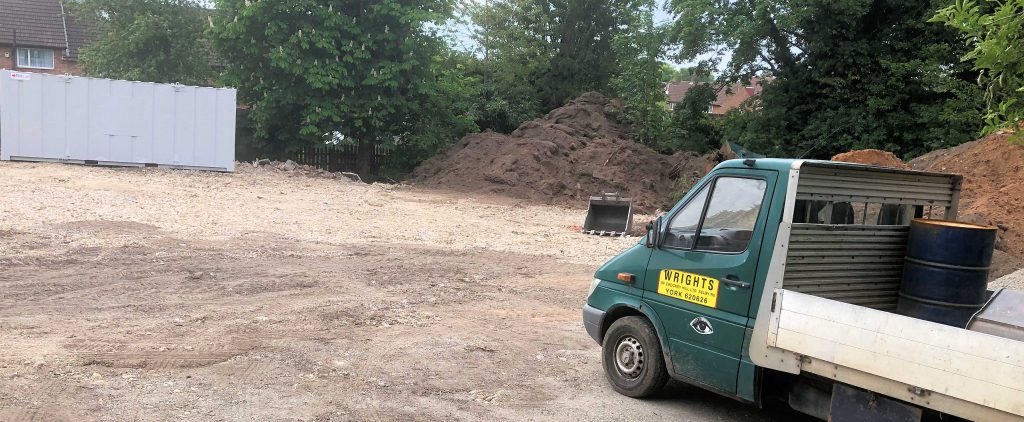
The Council granted planning permission for the (privately owned) Acomb Bowling Club to be demolished and replaced with housing. The owners were required to make a Section 106 contribution towards replacement facilities but this money found its way into a club located in the Holgate area.
Meanwhile, without any consultation with residents, Council officials agreed that land earmarked for a library extension could be used as a site compound and spoil heap. This caused considerable annoyance to some neighbours.
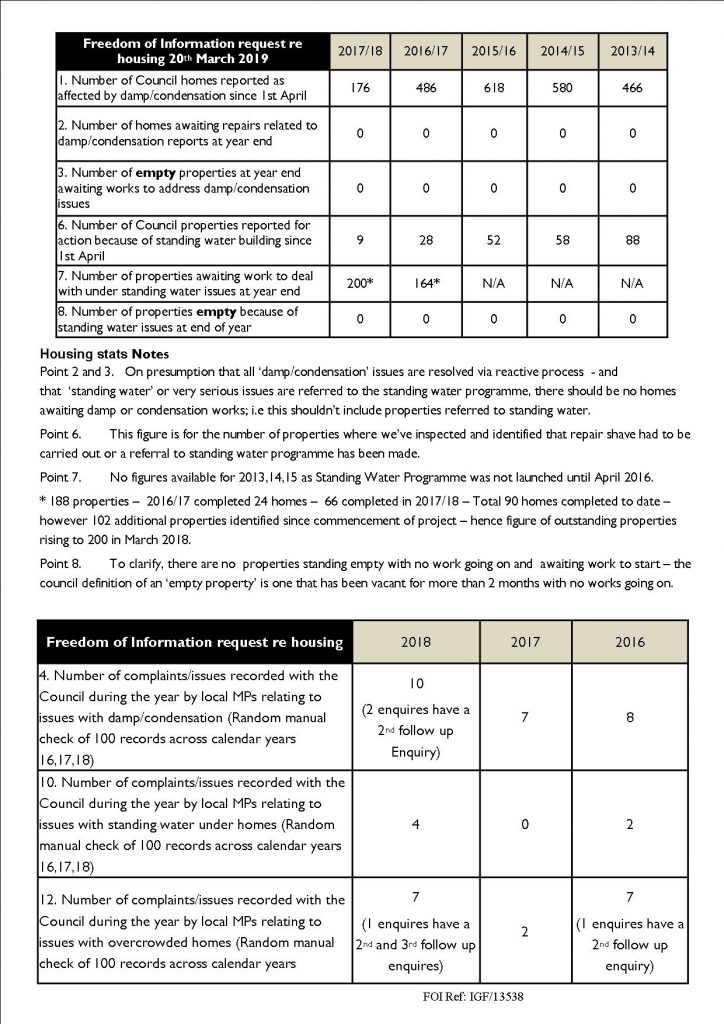
The Council published details of the number of Council homes that were affected by “standing water” . The number had changed little over the years.

On a happier note, the highly successful, Knights Rugby community team organised community events during the Easter holidays.
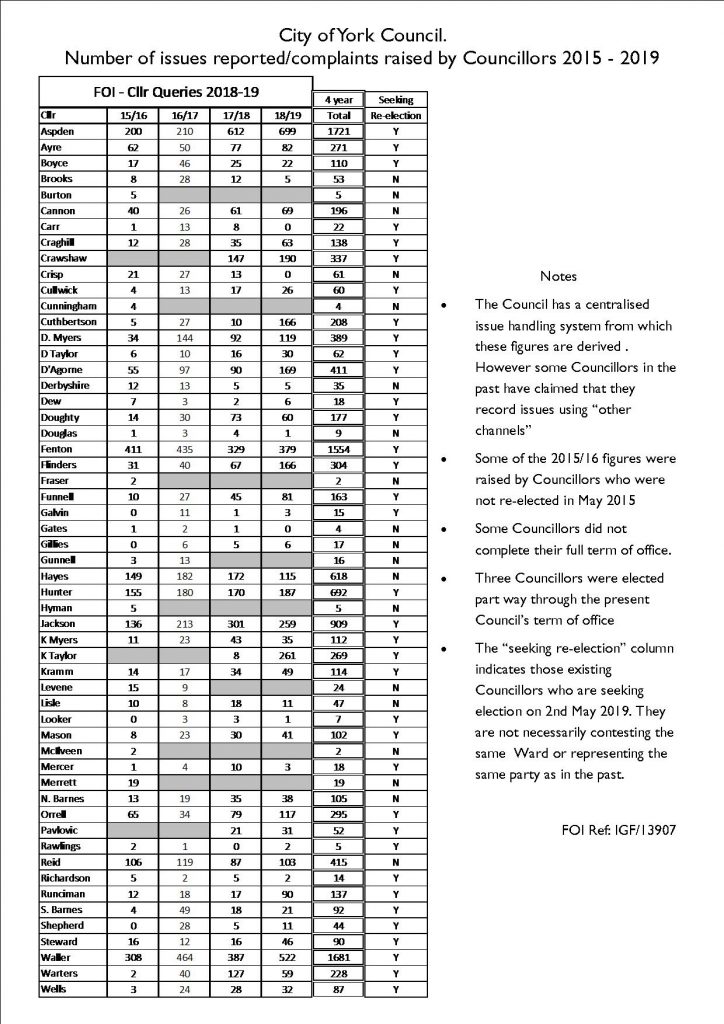
With the local elections on the horizon the Council revealed the number of issues that had been recorded by Councillors during the previous 4 years. Mostly those who raised the most issues were the Councillors who got re-elected in May.
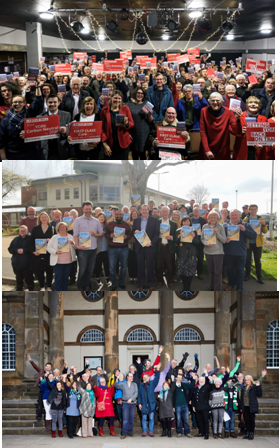
There was big choice of candidates in the local elections.
The election manifestos were more significant for what they didn’t say rather than what was proposed. The slow progress on the Community Stadium was air brushed from history, as was the escalating costs of repairing the Guildhall.
In the end, the results showed major gains for the, now 21 strong, LibDem Group who subsequently formed a partnership with the Greens to run the Council.
The Tories fell to their second worst election result ever while Labour made only modest gains.
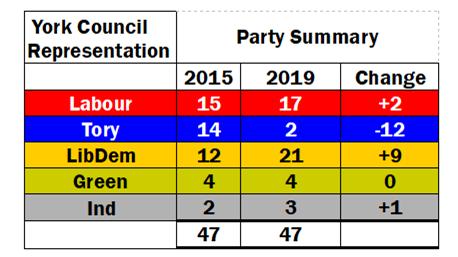
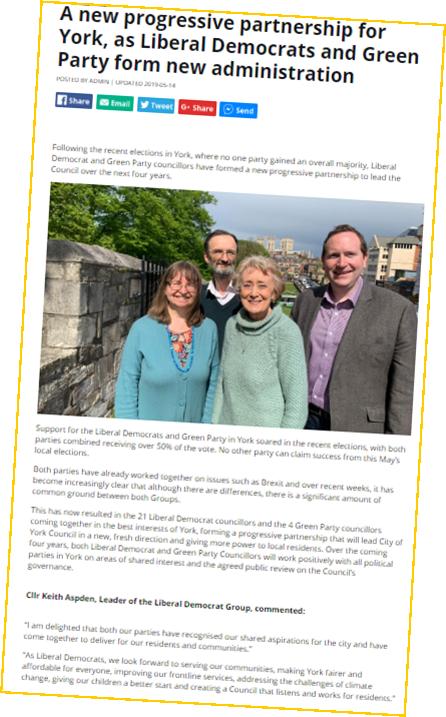
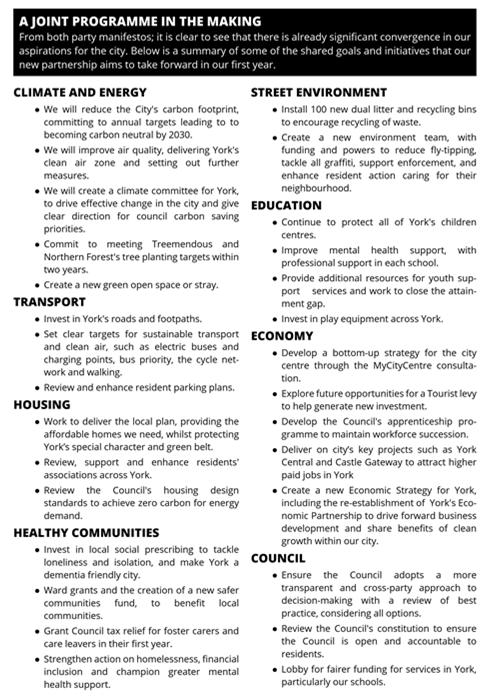
A few weeks later the LibDems topped the poll in the Euro elections in the City beating off a challenge from the BREXIT party. It was to be a different picture though later in the year when views polarised during an unexpected General Election campaign.
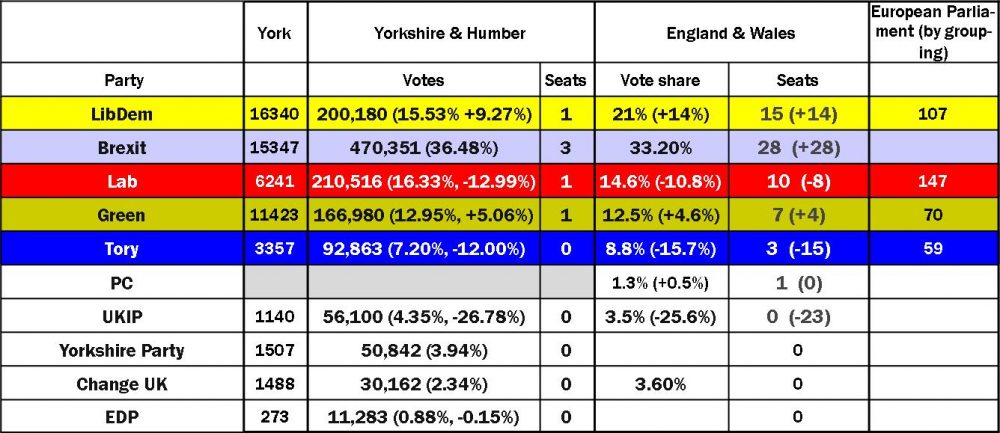

The Council was criticised for the large number of commercial properties which it owned and which had been left empty. These included former elderly persons homes like Oakhaven & Willow House together with offices like those on Castlegate. The properties were costing taxpayers several hundreds of thousands of pounds each year in lost rent income and maintenance costs.

The Police and Crime Commissioner was criticised for an over reliance on income from speed camera vans. The 6 vans concentrated on trunk roads apparently because that was where the greatest number of offenders could be caught and fined. Critics said that accident and average speed trends on monitored roads should be published. This would allow the the success of the initiative to be judged
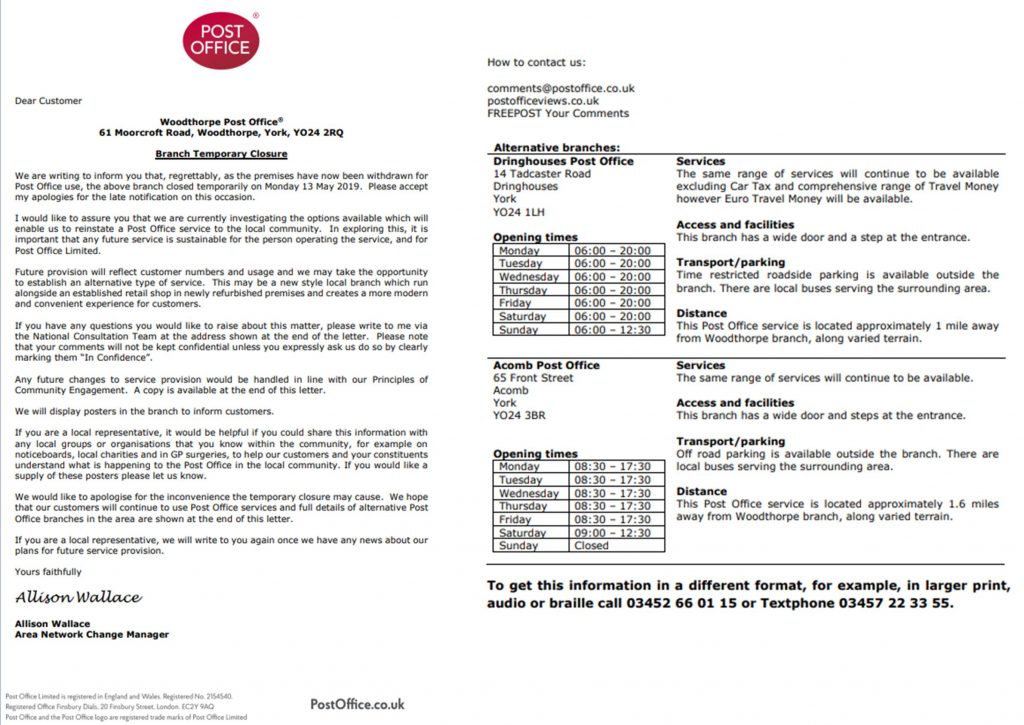
It wasn’t just the central Post Office that was under threat. The Woodthorpe sub Post Office closed suddenly.
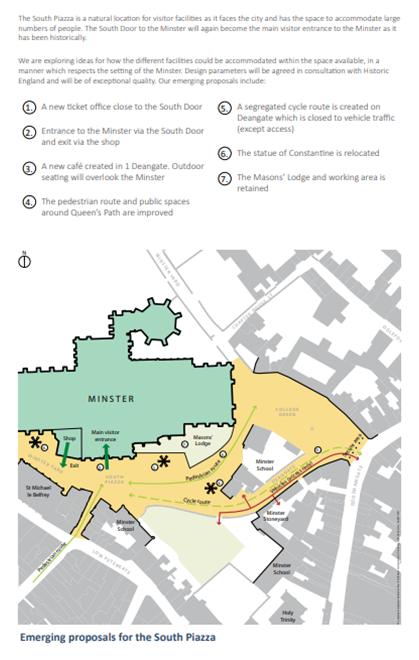
A new neighbourhood plan covering the area around the Minster was published. It generally received a positive response.
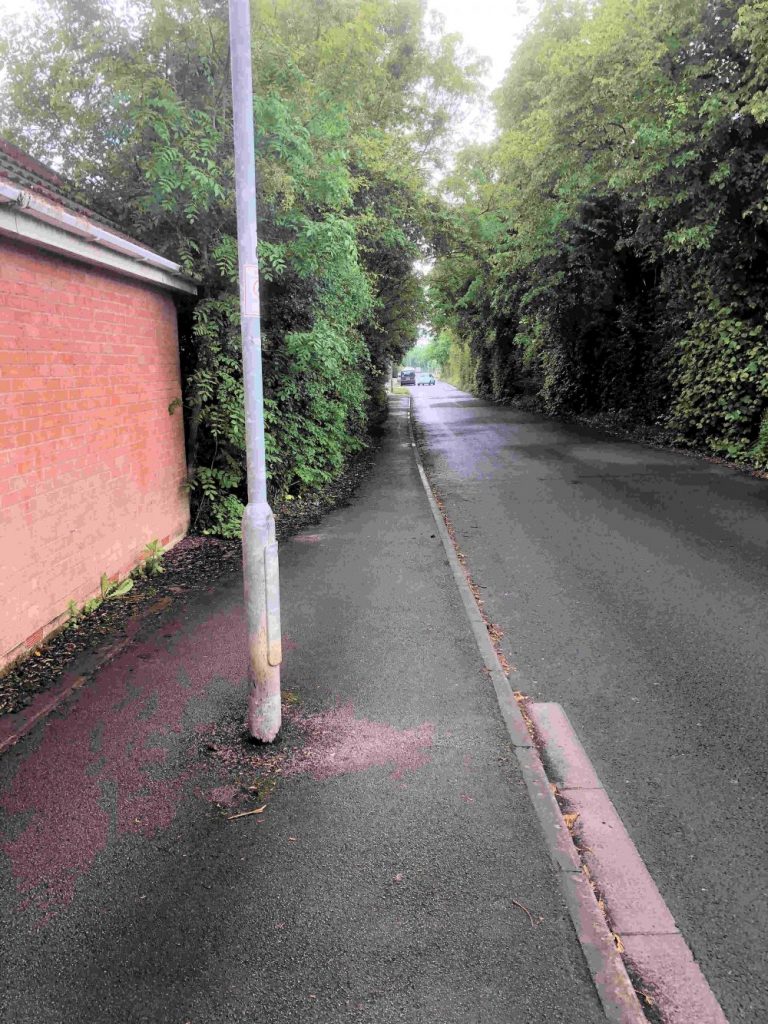
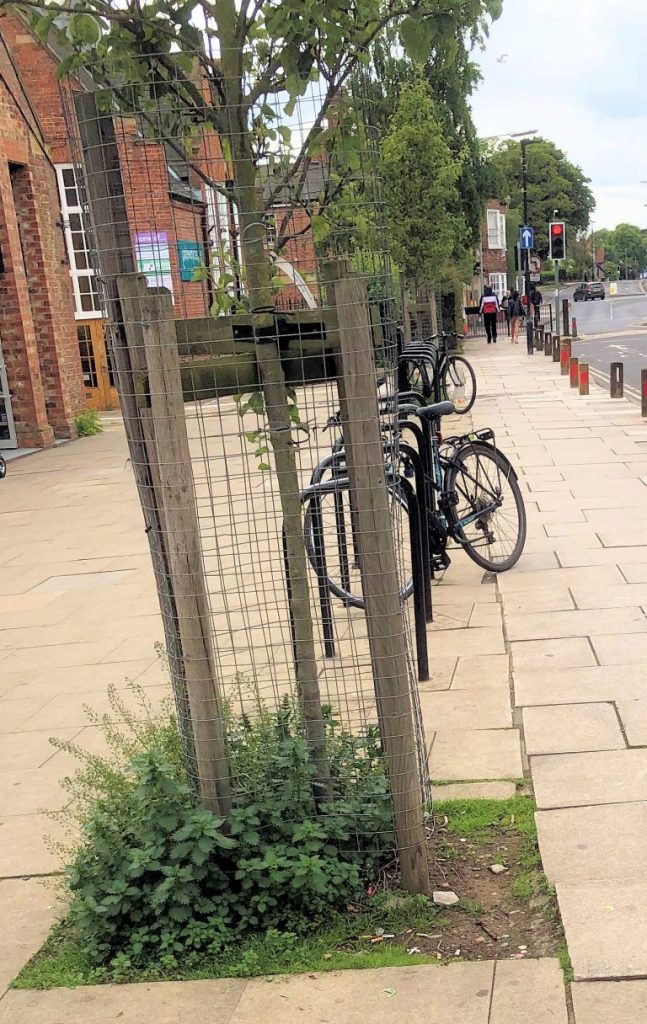
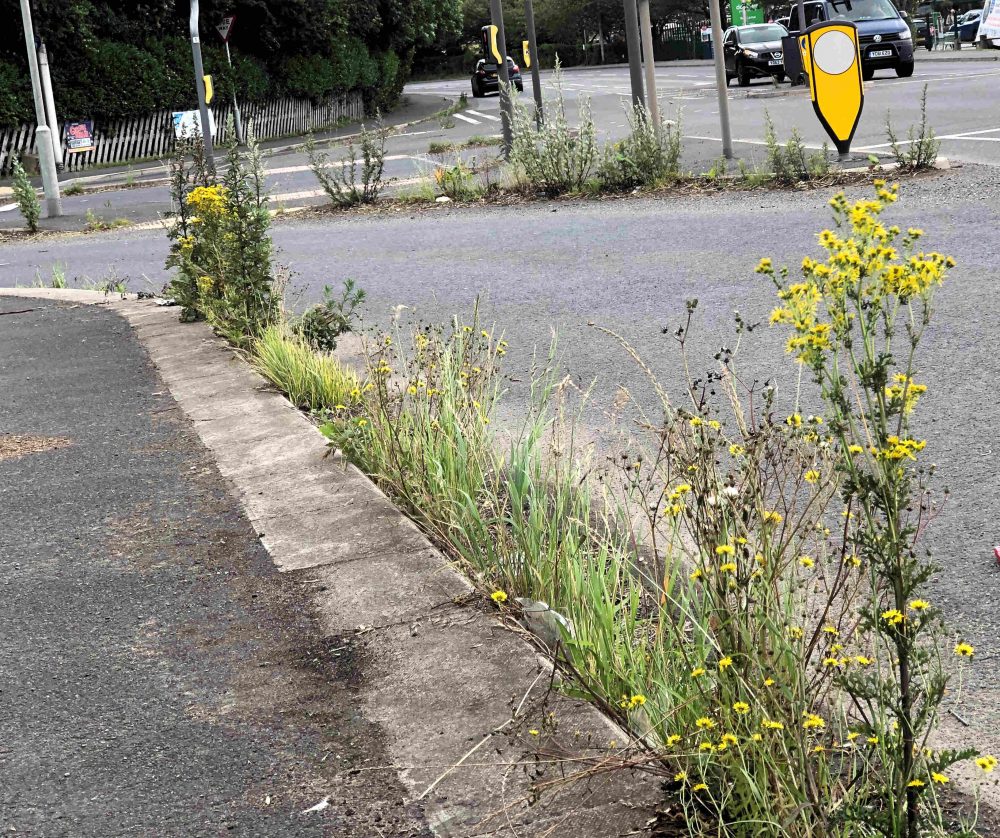
By late May it had become clear that something was seriously amiss with street public service standards. Hedges and trees were obstructing paths. Weeds scared key entrances to the City. It would later become clear that the weed killing programme had simply not taken place on many roads. There would be some improvements towards the end of the year but several issues were never fully resolved.
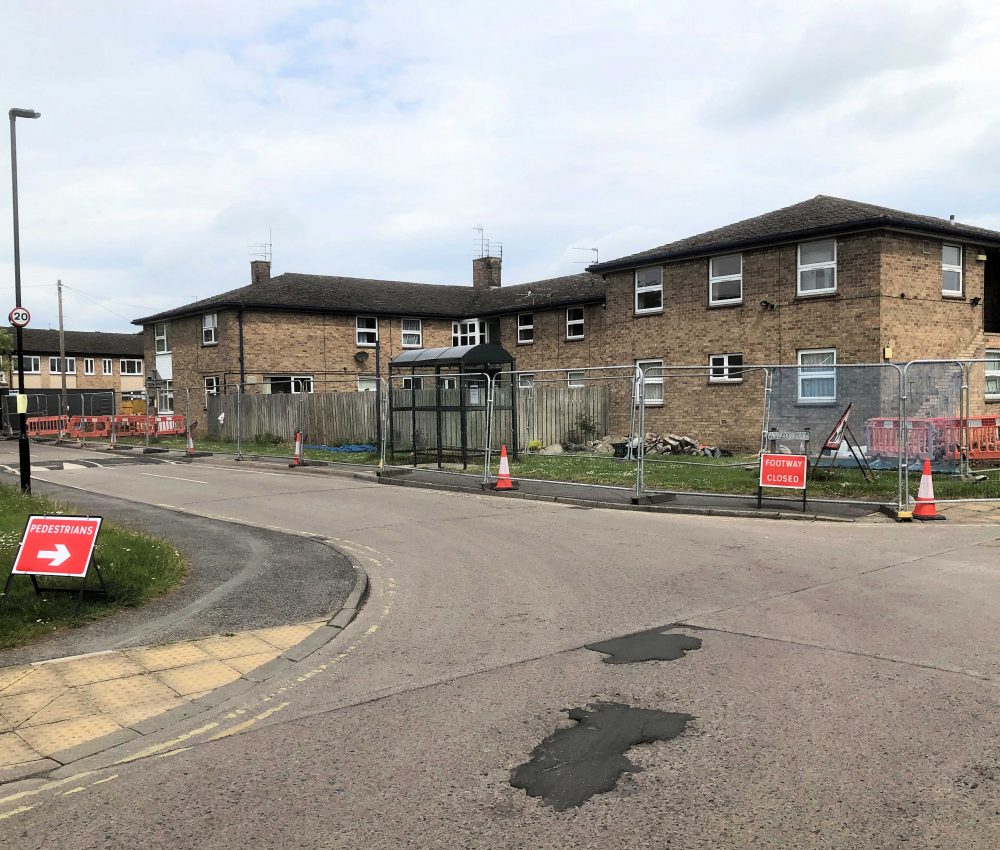


It became clear that the new York Community Stadium would not be completed by the final, final deadline on June. A later Autumn opening date was also to pass with key Rugby matches having to be rescheduled to the Bootham Crescent ground.
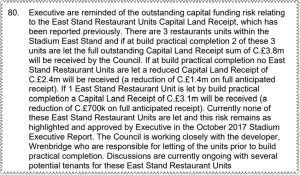
There were also ongoing concerns about the viability of some of the facilities to be provided as part of the stadium deal. It seemed that the Council were now underwriting more of the risk on the commercial side of the development

Meanwhile, the cost of providing new football pitches for a Bishopthorpe based football team was revealed to be nearly £1.5 million
The cost included a high specification clubhouse.
Most of the funding was to come from taxpayers.
What annoyed some residents were claims by officials that the facility was a replacement for the playing fields being built on at Lowfields. It was pointed out that the new site (near the York College) was some 3 miles from Lowfields and lacked a direct public transport link.

